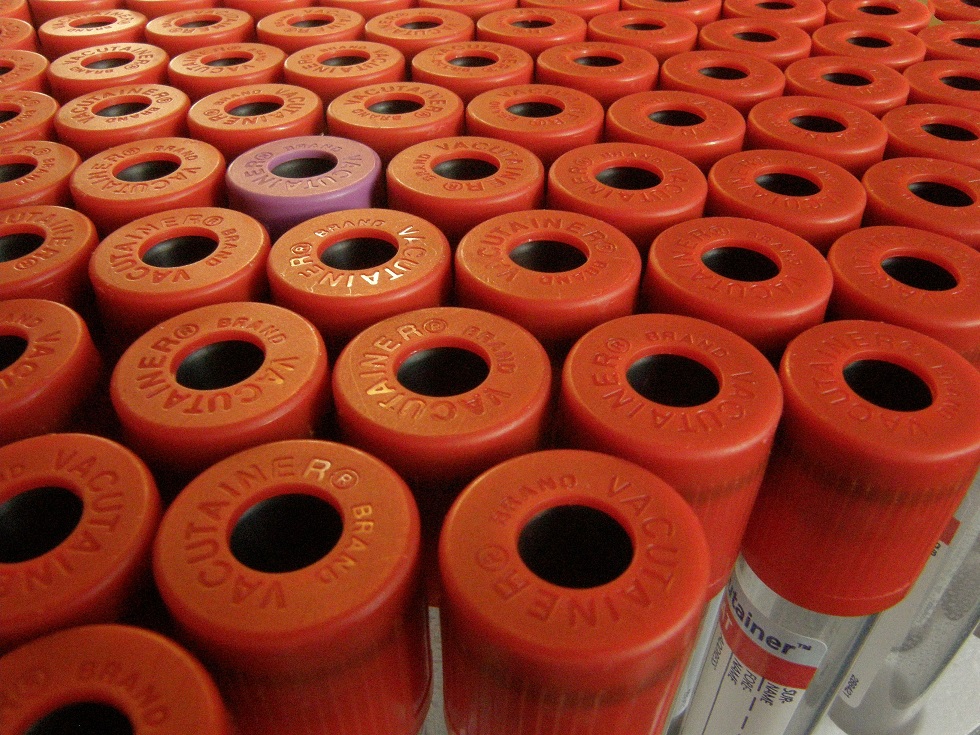Species: Dog
Specimen: Serum
Container: Plain (red top) or gel tube
Collection protocol: Due to long elimination half-life, samples can be collected at any time >2 hours after dosing to avoid any peak effect variability.
Special handling/shipping requirements: Standard
General information about the disease: Used as an anti-epileptic drug commonly in conjunction with phenobarbitone (PB) or as monotherapy in dogs with hepatic dysfunction, in large-breed dogs and working dogs in which side effects from PB are unacceptable.
Signs of bromide toxicity include: stupor or coma, blindness, ataxia, tetraparesis, dysphagia, and megaoesophagus. When being used with phenobarbital, sedation and weakness may become evident. Clearance may be decreased in dogs with impaired renal function.
Monitoring:
- At 1 and 3 months after therapy has been initiated then yearly after that.
- A month after a change of dose.
- If there are more than 3 seizures before the next scheduled assessment or if signs of toxicity are suspected.
- If the dog is on PB therapy when KBr is added to the therapeutic regime then serum PB concentration should also be measured 4-6 weeks after KBr introduction. KBr seems to enhance the excretion or metabolism of PB and frequently the serum PB concentration drops after KBr is introduced.
Interpretation:
Monotherapy: 100-300 mg/dL
Combination with phenobarbital: 80-250 mg/dL
Reference(s):
Podell M et al. 2015 ACVIM Small animal consensus statement on seizure management in dogs. Journal of Veterinary Internal Medicine 30:477-490, 2016 Taylor SM. Neuromuscular Disorders.In Nelson RW and Couto CG, (Eds). Small Animal Internal Medicine 5th edition. Pp1024. Elsevier Mosby, St. Louis Missouri, USA, 2014

